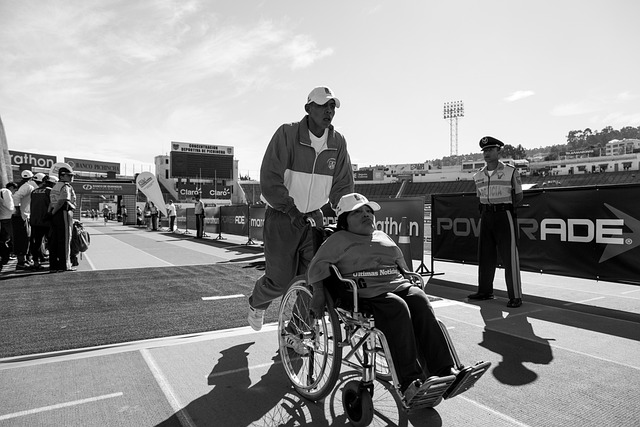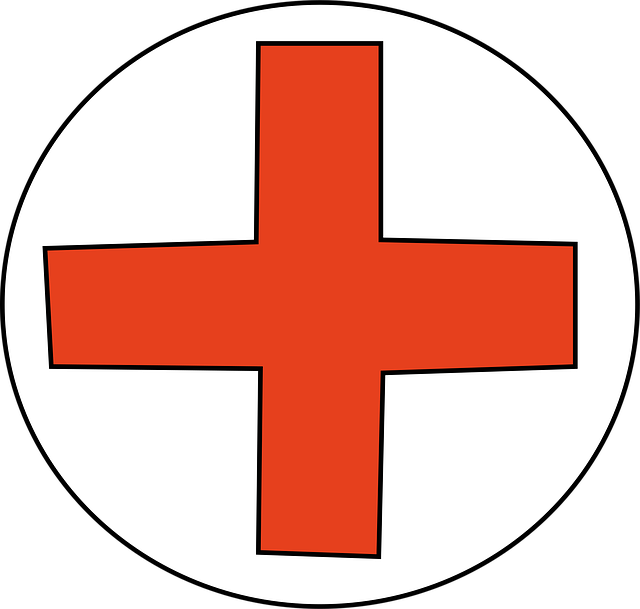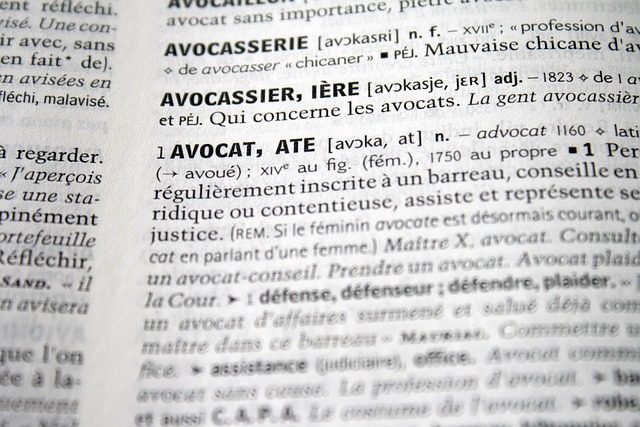Lane change violations are a leading cause of motorcycle accidents, with significant fault determination implications. Motorcyclists and drivers alike have a duty to follow traffic rules, maintain safe distances, and signal properly to prevent collisions, injuries, or fatalities. Understanding legal responsibilities and seeking representation is crucial for navigating complex liability issues and establishing fault in motorcycle accident cases involving lane change violations.
Motorcycle accidents often result from a complex interplay of factors, with lane change violations playing a significant role. Understanding these violations is crucial for both riders and legal professionals alike. This article delves into the intricacies of lane change violations in motorcycle accidents, exploring common causes and their legal implications. By examining these aspects, we aim to highlight how such violations contribute to fault determination, empowering readers with knowledge on this critical aspect of motorcycle accident cases.
- Understanding Lane Change Violations in Motorcycle Accidents
- Common Causes of Motorcycle Crashes Due to Lane Changes
- Legal Implications and Responsibilities in Motorcycle Accident Fault Cases
Understanding Lane Change Violations in Motorcycle Accidents

In motorcycle accidents, understanding lane change violations is crucial to determining fault. These violations occur when a motorcyclist fails to signal properly or changes lanes without adequate notice, often leading to collisions with other vehicles. A truck accident attorney may emphasize that such negligence can have severe consequences, especially given the vulnerability of motorcyclists.
Motorcyclists are required to follow specific rules when changing lanes, including using turn signals, checking mirrors, and ensuring a safe distance from both surrounding traffic and their own lane. When these guidelines aren’t adhered to, it can result in accidents that range from minor fender benders to catastrophic injuries or even fatalities. In the case of an insurance coverage dispute, knowing who is at fault—whether it’s due to driver negligence, vehicle malfunction, or poor road conditions—is essential for seeking appropriate compensation and resolving legal matters effectively.
Common Causes of Motorcycle Crashes Due to Lane Changes

Motorcycle accidents often occur due to a variety of factors, and lane change violations are a significant contributor. Common causes include failure to signal intent, speeding, and not maintaining a safe distance from other vehicles or the curb. When a motorcycle rider changes lanes abruptly or without proper warning, it can lead to collisions with cars, especially in heavy traffic. These incidents often result in serious injuries or even wrongful death cases, highlighting the need for heightened awareness and responsibility on the road.
In many instances, determining liability in such accidents is crucial. Riders have a fiduciary duty to other drivers and pedestrians, which includes adhering to traffic rules and ensuring safe riding practices. Breaches of this duty can lead to severe consequences, with legal implications that may include compensation for car accident injuries or wrongful death claims. Understanding these causes is essential for both riders and drivers alike to prevent such tragic events.
Legal Implications and Responsibilities in Motorcycle Accident Fault Cases

In cases involving motorcycle accidents where lane change violations are at play, understanding the legal implications and responsibilities is paramount. When a rider’s actions, or the lack thereof, breach traffic laws governing lane changes, it can significantly impact the determination of fault. Such violations may include failing to signal, changing lanes without proper observation, or not maintaining a safe distance from other vehicles. In such scenarios, the affected party—be it the motorcycle rider or another driver—may have legal recourse.
The legal representation in these cases plays a crucial role in navigating complex liability issues. Proving negligence and establishing fault often requires a thorough examination of the facts and circumstances surrounding the accident. This may involve investigating whether there was a breach of fiduciary duty by any party, especially if business litigation is a factor—for instance, when accidents occur on company property or due to faulty maintenance. The goal is to ascertain who is legally accountable and ensure that all responsible parties are held liable for their actions or inactions that contributed to the motorcycle accident fault.
Motorcycle accidents often result from a complex interplay of factors, with lane change violations playing a significant role. By understanding common causes and legal implications, riders and drivers alike can take proactive steps to prevent such incidents. Recognizing and adhering to traffic rules, maintaining awareness, and practicing defensive driving are crucial in ensuring safer roads for everyone, ultimately reducing motorcycle accident fault.





